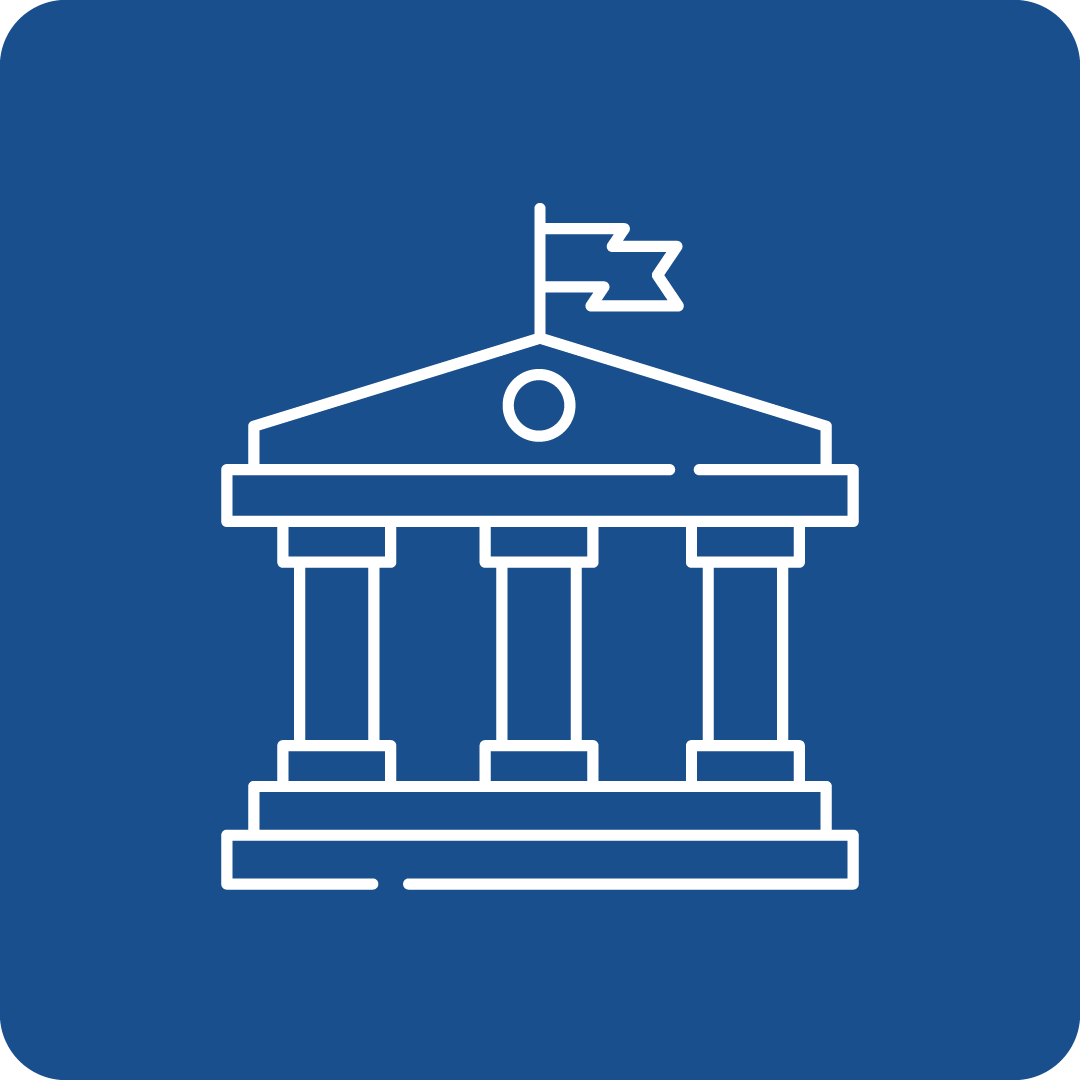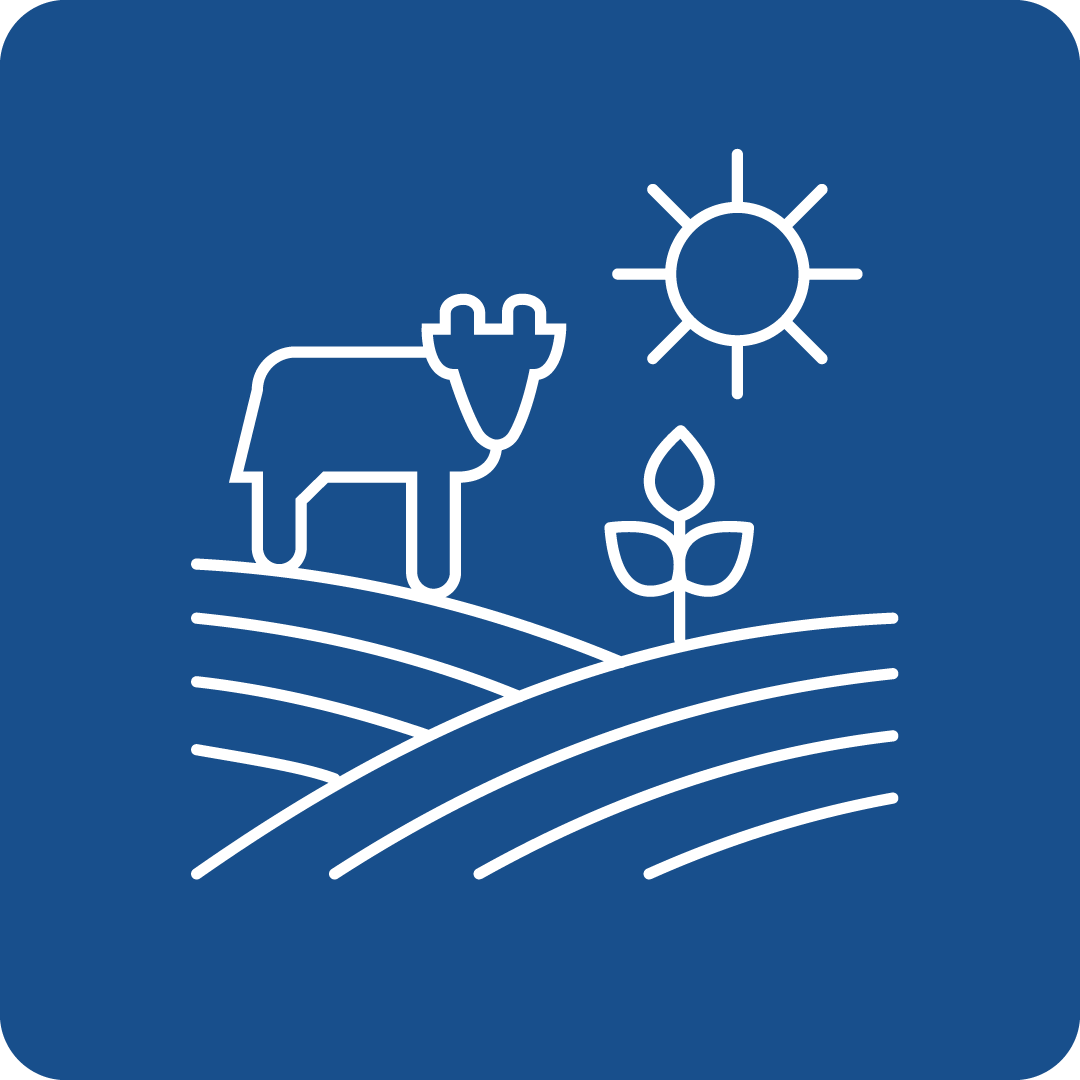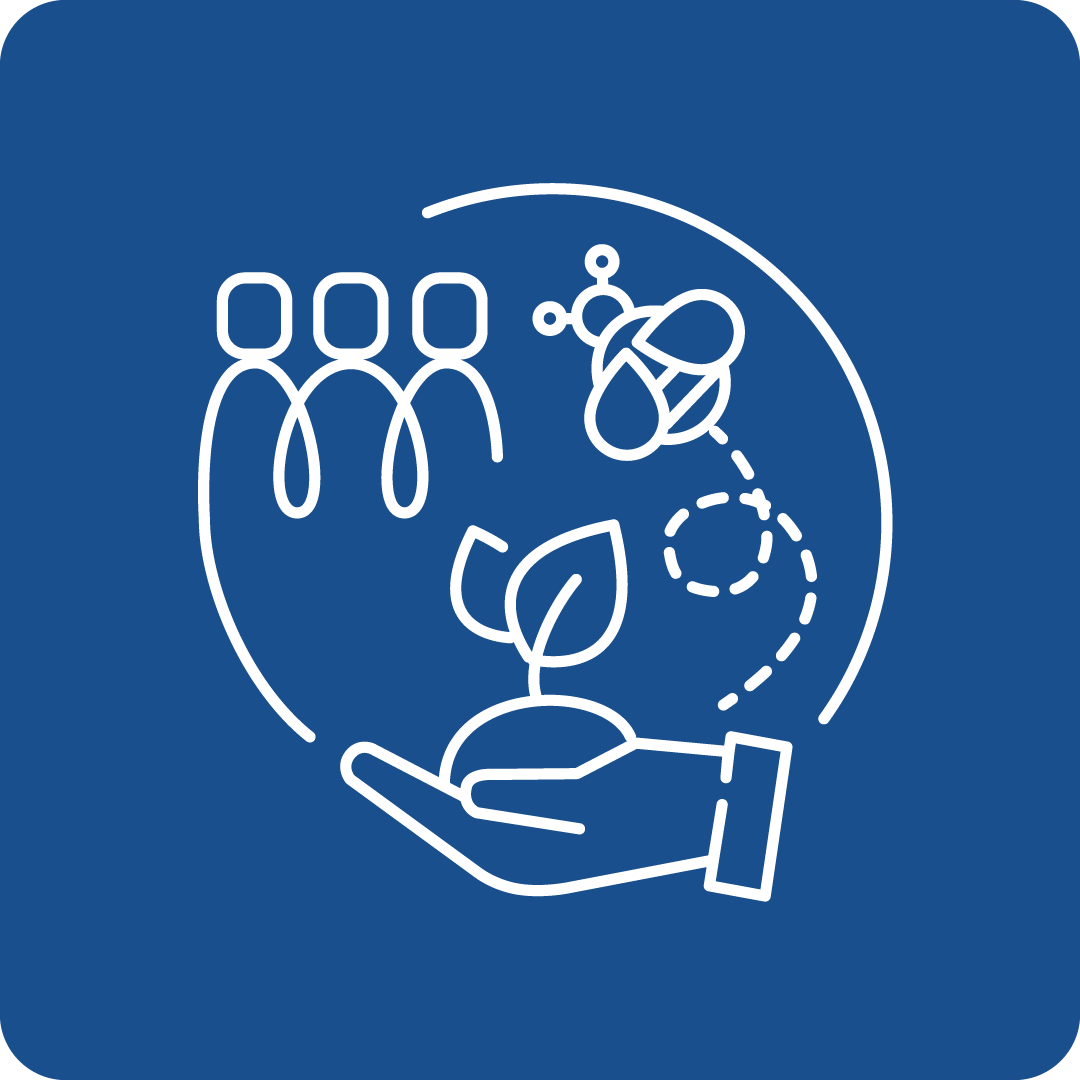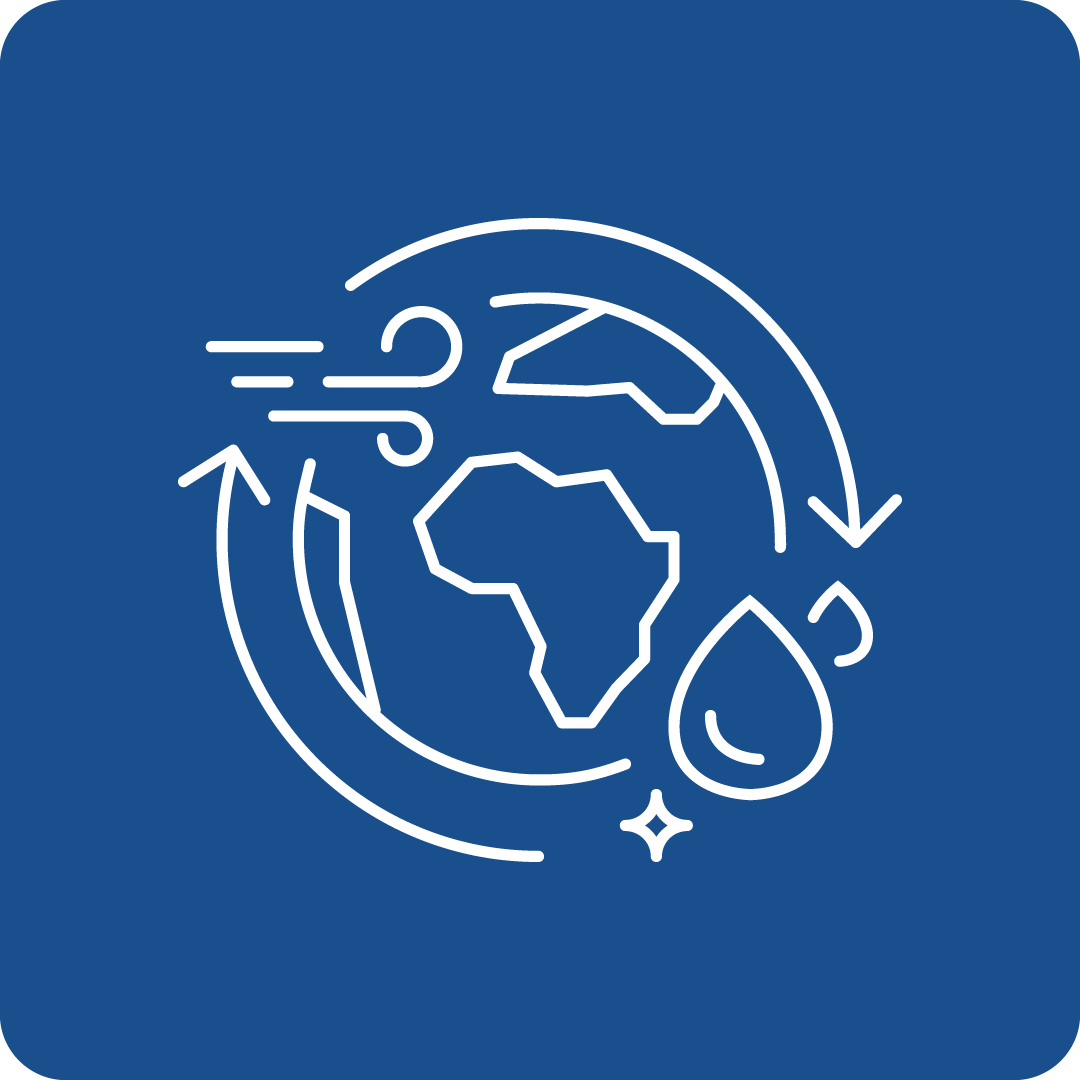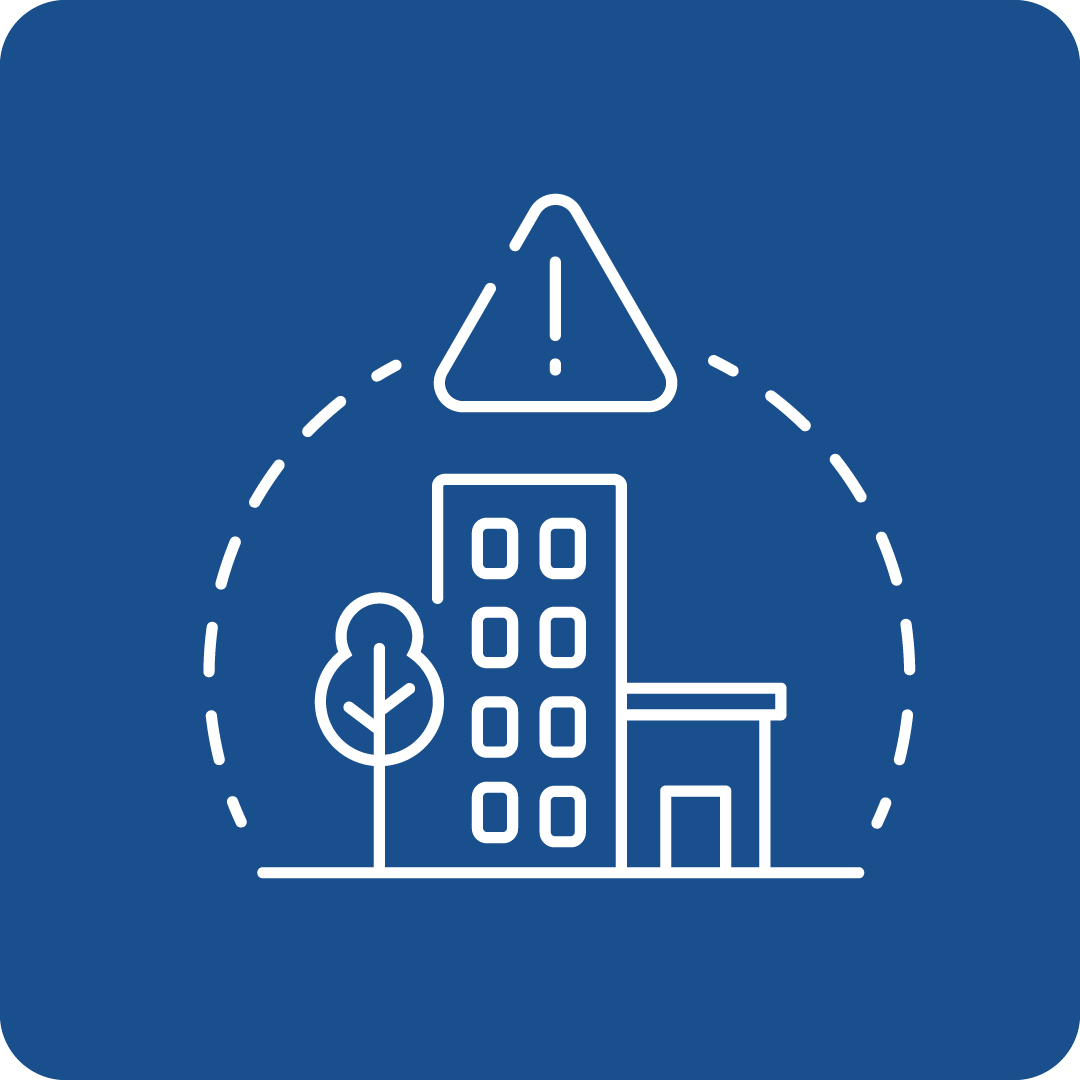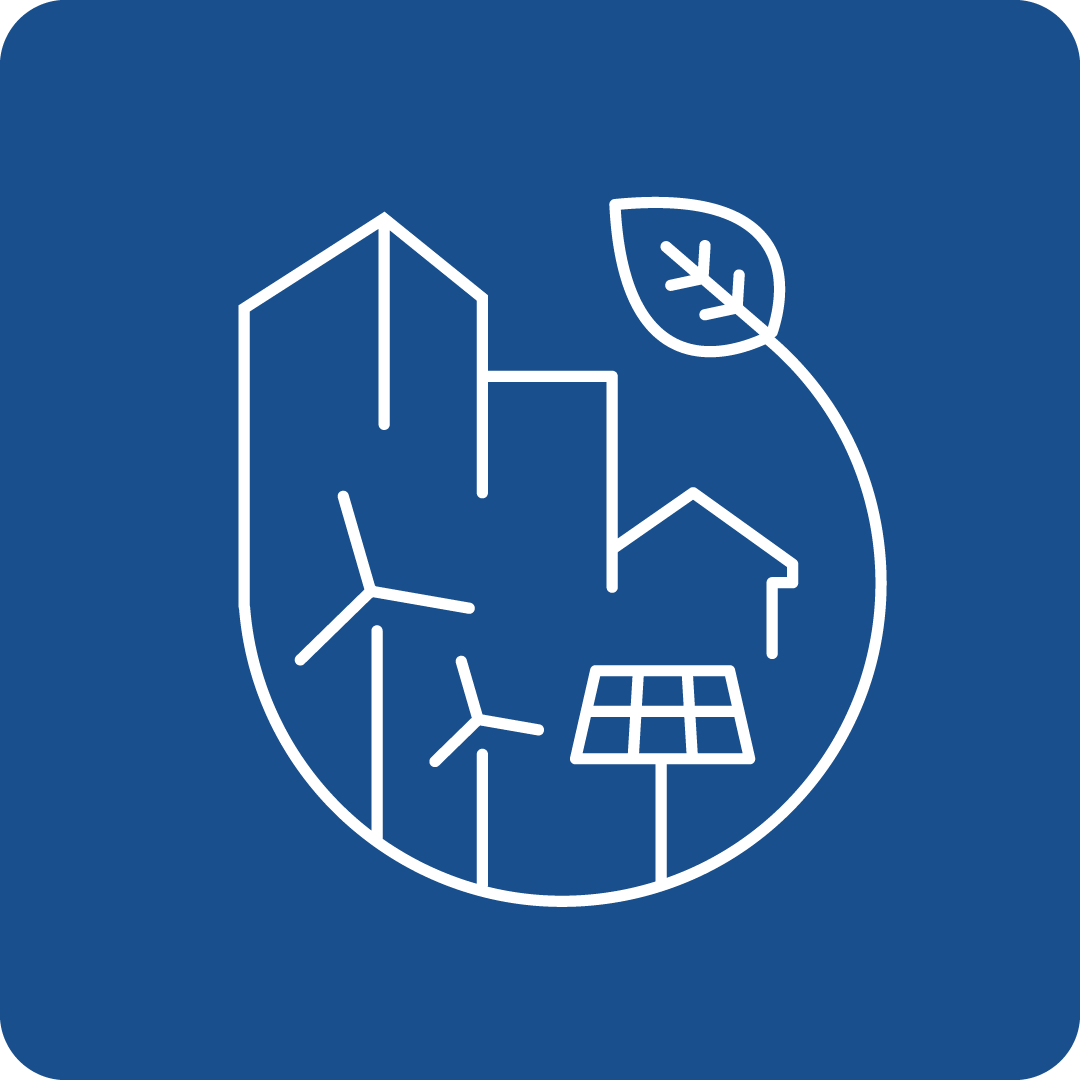Filter Search for grants
Call Navigation
Deadline expired
The deadline for this call has expired.
Call key data
Nature & Biodiversity and Circular Economy & Quality of Life
Funding Program
LIFE – Programme for the Environment and Climate Action
Call number
LIFE-2023-PLP-NAT-ENV
deadlines
Opening
18.04.2023
Deadline
07.09.2023 17:00
Funding rate
90 %
Call budget
€ 10,100,000.00
Estimated EU contribution per project
between max. € 500,000.00 and max. € 2,000,000.00
Link to the call
Link to the submission
Call content
short description
Based on article 11 of the LIFE Regulation 2021/783, the LIFE Multi Annual Work Programme 2021-2024, includes the possibility to finance each year a limited number of projects designed to support specific needs for the development and implementation of Union environment policy and legislation. Once a year, in consultation with Member States, the Commission makes an inventory of the specific needs regarding the development and implementation of Union environmental or climate policy and legislation that need to be addressed during the following years and identifies among them the needs that could be addressed by specific projects.
Call objectives
Nature and Biodiversity
- Facilitating knowledge sharing & good implementation practices for implementation of the EU Regulation on Deforestation-free products
- An EU system to assess management effectiveness of Natura 2000 sites and other protected areas (EU-PAME)
- Training for a better management of Natura 2000 sites and restoration of nature
- Overcoming the coordination barriers to implement nature-based water retention options
- Developing guidance on crop-specific rules for pest management
Circular Economy and Quality of Life
- Designing closed loop recycling cycles for tyres for mitigating the impacts of the restriction for the use of polycyclic aromatic hydrocarbons (PAHs) in rubber in-fill materials
- Validating New Approach Test Methods for replacing animals in testing and science
- Promoting and monitoring the Safe and Sustainable by Design framework uptake
- Implementation of the Mediterranean Emission Control Areas for sulphur oxides and to support a similar process starting in the Atlantic
read more
Expected effects and impacts
Expected Impact:
- Facilitating knowledge sharing & good implementation practices for implementation of the EU Regulation on Deforestation-free products
- By supporting Member States to implement the new rules and to promote the consumption of ‘deforestation-free’ products, it is expected that the project will contribute to reduce the EU’s impact on global deforestation and forest degradation, bringing down greenhouse gas emissions and biodiversity loss.
- An EU system to assess management effectiveness of Natura 2000 sites and other protected areas (EU-PAME)
- Fully operational EU system for assessment of management effectiveness of protected areas established
- Guidance and support to Member States ensured
- Increased awareness about the EU PAME system and engagement of stakeholders ensured
- Information provided for the tracking of commitments under the Biodiversity strategy and for the implementation of Nature Directives
- Actual improvement in the management effectiveness of protected areas
- Training for a better management of Natura 2000 sites and restoration of nature
- Training system and modules available potentially to all site managers/restoration managers across the EU by the end of the project.
- Knowledge and skills of site/restoration managers from all MS improved by the end of the project, facilitating (mainly thereafter) the effective management and restoration of a significant portion of the protected area network and beyond.
- Key obstacles to the capacity building of site managers are removed as a) a result of a communication network among the participants of the trainings, and b) with the establishment of a reference knowledge depository (for guidelines, best practices, practical experiences, governance).
- Communication with and engagement of stakeholders improved.
- Overcoming the coordination barriers to implement nature-based water retention options
- A tangible step forward in practical, achievable planning and implementation for nature-based water retention applications at river basin scale, namely a concrete and detailed plan, at the regional/river basin-wide scale, that if implemented by the identified authorities and stakeholders (who ideally would be the LIFE project’s partners) would lead to a practical, large-scale approach to the implementation of water-related NbS. It will also result in concrete recommendations to address the challenges of crosssectoral, possibly also cross-border, coordination involving different levels of governance as well as concrete project proposals or a demonstration project. The project will contribute to the EU’s water resilience agenda by identifying potential implementation gaps and good practices, as well as potential policy changes to be introduced in due time.
- Developing guidance on crop-specific rules for pest management
- The project will support EU efforts in mitigating the impacts and risks of pesticide use on biodiversity and accelerate transition towards a more sustainable agriculture. It will provide a critical contribution to the objectives of the European Green Deal on biodiversity and sustainable food systems. The results of this project will also contribute to global biodiversity efforts. One of the global targets 2030 of the Kunming-Montreal Global Biodiversity Framework is to reduce by half the overall risk posed by pesticides.
- Designing closed loop recycling cycles for tyres for mitigating the impacts of the restriction for the use of polycyclic aromatic hydrocarbons (PAHs) in rubber in-fill materials
- Ending stockpiles of used tyres or their export to lower income countries; stopping non-fully circular recycling practices (such as rubber infill for sport pitches); creating opportunities for material that may otherwise be landfilled or incinerated (including outside the EU) and pollute soil and water.
- Validating New Approach Test Methods for replacing animals in testing and science
- Better environmental protection from hazardous chemicals whilst reducing the number of animals being used in testing.
- Promoting and monitoring the Safe and Sustainable by Design framework uptake
- Better environmental and health protection; non-toxic material cycles
- Implementation of the Mediterranean Emission Control Areas for sulphur oxides and to support a similar process starting in the Atlantic
- The project would therefore have a clear added value in terms of EU policy implementation and development (including the European Green Deal) and help create a level playing field between seaports and ship operators.
read more
Expected results
Expected activities:
- Facilitating knowledge sharing & good implementation practices for implementation of the EU Regulation on Deforestation-free products
- The objective of this project is to support Member States to implement the Regulation with knowledge sharing and capacity building activities: sharing good practice, targeted innovation, common training, educational and orientation materials at national or regional scale.
- An EU system to assess management effectiveness of Natura 2000 sites and other protected areas (EU-PAME)
- finalise the proposed EU methodology and test an IT system for its implementation that will be developed during 2023 with the European Environment Agency, providing a fully operational EUPAME system (for Protected Area Management Effectiveness);
- ensure engagement and support of Member States and protected area managers to practically implement the methodology, including through elaboration of guidance and support mechanism;
- increase awareness about the EU-PAME system.
- Training for a better management of Natura 2000 sites and restoration of nature
- In order to facilitate and speed up the capacity building necessary for the fulfilment of the commitments under the BDS and the targets set in the Nature Restoration Law and to remove the main obstacles hindering that process, it is proposed to set up and operate an EU level training system for the managers of Natura 2000 sites and – eventually - other protected areas, that would also develop skills on nature restoration. The training system and its curricula shall cover all main ecosystem types (both terrestrial and marine) and be available to site managers in all Member States, irrespective of their legal status, using a balanced mix of online and in-person methods, as well as field experiences, reaching directly or indirectly (via train the trainers or advisors) the target audience. It may be enlarged to cover a wider audience, in particular in view of the need to build capacity, both theoretical and practical, on restoration beyond protected areas. The training system and its training modules should build on and possibly incorporate - or collaborate with - any existing national/international or ecosystem specific training systems related to the subject.
- Overcoming the coordination barriers to implement nature-based water retention options
- The objective of this project to strengthen the cooperation and capacity of different competent authorities and public / private sector stakeholders involved in climate adaptation, water, spatial planning, agriculture and nature policy domains in order to implement NbS at the scale of a river basin that will increase the resilience of the landscape and communities along the river and thus the local / regional stakeholders to deal with climate change impacts such as intensive rainfall and or severe droughts.
- Developing guidance on crop-specific rules for pest management
- The project will build on the existing knowledge on IPM practices in order to support the development of crop-specific rules for the major arable and permanent crops, as well as grassland. This will involve the coordination of national competent authorities, research bodies and relevant stakeholder groups. The aim is to produce concrete recommendations, which should help the Member States in their development of binding crop-specific rules. It should also help harmonising the EU implementation of IPM and the Commission in assessing national crop-specific rules. The project will be implemented by three actions:
- Recommendations for crop-specific rules on plant protection compulsory for farmers
- Recommendations for voluntary support scheme for zero/ low pesticide use, which may be funded by the CAP
- Coordination of national competent authorities, research bodies and relevant stakeholder groups
- The project will build on the existing knowledge on IPM practices in order to support the development of crop-specific rules for the major arable and permanent crops, as well as grassland. This will involve the coordination of national competent authorities, research bodies and relevant stakeholder groups. The aim is to produce concrete recommendations, which should help the Member States in their development of binding crop-specific rules. It should also help harmonising the EU implementation of IPM and the Commission in assessing national crop-specific rules. The project will be implemented by three actions:
- Designing closed loop recycling cycles for tyres for mitigating the impacts of the restriction for the use of polycyclic aromatic hydrocarbons (PAHs) in rubber in-fill materials
- On one hand it is necessary to design material for tyres that is safeand-sustainable-by design, by removing hazardous substance substances either at the manufacturing phase and/or at the recycling phase of tyres. On the other hand, a use needs to be found for the tonnes of used tyres that can no longer be transformed in in-fill material for playgrounds and sports fields, and to stop them from ending up in or incinerators. The most circular solution would be a closed loop recycling for tyres, meaning that rubber from tyres is recycled into new tyres.
- Validating New Approach Test Methods for replacing animals in testing and science
- The project is need for demonstration of reproducibility/reliability of methods developed in single laboratories, to assist accelerating the pace of chemical safety testing and assessment, to reduce the use of laboratory animals and to better protect human health and the environment.
- Promoting and monitoring the Safe and Sustainable by Design framework uptake
- The project should investigate, as a primary objective, the feasibility and effectiveness of application of the safe and sustainable by design (SSbD) framework in the key value chains with the potential to replace substances chemicals of concern. The project’s two main objectives are:
- to provide information on the main challenges encountered, based on real use cases of the SSbD framework application for developing chemicals
- investigate, map and propose financial and non-financial incentives for supporting the uptake of the SSbD framework by companies and how to set these up. Feasibility of the proposed incentives should also be checked at EU level. In particular, the project should prepare an analysis of the existing incentives in the Member States and their potential to complement EU incentives.
- The project should investigate, as a primary objective, the feasibility and effectiveness of application of the safe and sustainable by design (SSbD) framework in the key value chains with the potential to replace substances chemicals of concern. The project’s two main objectives are:
- Implementation of the Mediterranean Emission Control Areas for sulphur oxides and to support a similar process starting in the Atlantic
- Building upon needs inventory compiled by the LIFE4MEDECA (ending in early 2023), bottlenecks and barriers for implementing a MED ECA: political and related to governance (at all levels of government/administration in the various prospective MED ECA countries), technical, legal, environmental, economic, financial, …;
- For the Atlantic SECA - Support to the development of scenarios, including quantifying costs and benefits (socioeconomic, environmental);
- Map and facilitate access to existing financial support mechanisms;
- Providing expertise to the MED ECA countries and contribute through technical and exchange of best practice for the Atlantic ECA;
- Setting up coordination structures and incentive mechanisms for cooperation and enforcement, including Ministries of Environment, Ministries of Transport, other authorities responsible for maritime shipping and other relevant authorities;
- Setting up structures for support to legislative governance, transfer of best practice, dialogue with industry (i.e. vessel owners and operators, ports);
- Investigating how, by supporting ratification of international conventions and intensifying enforcement initiatives MED ECA initiative (and the Atlantic ECA in perspective), the issue of substandard ships from non-EU countries can be addressed which would also benefit those ship owners and operators operating in the Mediterranean basin, e.g. by having fewer inspections when calling in EU ports;
- Identifying further needs through communication and dialogue. Exploring the steps to be made in coordination with UNEP MAP and IMO. The project is to build on related initiatives such as the projects SAFEMED V (funded by NEAR) and those carried out under the Wets MED Initiative, create synergies/complementarity. Also, the experiences in the development of the existing ECAs should be used in particular for the Atlantic ECA.
read more
Eligibility Criteria
Regions / countries for funding
Moldova (Moldova), Iceland (Ísland), Ukraine (Україна)
eligible entities
Education and training institution, International organization, Non-Profit Organisation (NPO) / Non-Governmental Organisation (NGO), Other, Private institution, incl. private company (private for profit), Public Body (national, regional and local; incl. EGTCs), Research Institution incl. University, Small and medium-sized enterprise (SME)
Mandatory partnership
No
Project Partnership
Depending on the specific topic, the partnership requirements vary:
- Facilitating knowledge sharing & good implementation practices for implementation of the EU Regulation on Deforestation-free products
- Expected project duration: 36 months
- Funding rate: 90% - Maximum EU contribution: EUR 0.9 million
- An EU system to assess management effectiveness of Natura 2000 sites and other protected areas (EU-PAME)
- Expected project duration: 48 months
- Funding rate: 90% - Maximum EU contribution: EUR 1.5 million
- Training for a better management of Natura 2000 sites and restoration of nature
- Expected project duration: 48 months
- Funding rate: 90% - Maximum EU contribution: EUR 1.5 million
- Overcoming the coordination barriers to implement nature-based water retention options
- Expected project duration: 24 months
- Funding rate: 90% - Maximum EU contribution: EUR 0.5 million
- Developing guidance on crop-specific rules for pest management
- Expected project duration: 18 months
- Funding rate: 90% - Maximum EU contribution: EUR 2 million
- Designing closed loop recycling cycles for tyres for mitigating the impacts of the restriction for the use of polycyclic aromatic hydrocarbons (PAHs) in rubber in-fill materials
- Expected project duration: 18-24 months
- Funding rate: 90% - Maximum EU contribution: EUR 1 million
- Validating New Approach Test Methods for replacing animals in testing and science
- Expected project duration: 24 months
- Funding rate: 90% - Maximum EU contribution: EUR 1 million
- Promoting and monitoring the Safe and Sustainable by Design framework uptake
- Expected project duration: 18 months
- Funding rate: 90% - Maximum EU contribution: EUR 1 million
- Implementation of the Mediterranean Emission Control Areas for sulphur oxides and to support a similar process starting in the Atlantic
- Expected project duration: 36 months
- Funding rate: 90% - Maximum EU contribution: EUR 0.7 million
In order to be eligible, the applicants (beneficiaries and affiliated entities) must:
- be legal entities (public or private bodies)
- be established in one of the eligible countries, i.e.:
- EU Member States (including overseas countries and territories (OCTs))
- non-EU countries:
- listed EEA countries and countries associated to the LIFE Programme (associated countries) or countries which are in ongoing negotiations for an association agreement and where the agreement enters into force before grant signature (list of participating countries)
- the coordinator must be established in an eligible country
Natural persons are NOT eligible (with the exception of self-employed persons, i.e. sole traders, where the company does not have legal personality separate from that of the natural person).
International organisations are eligible. The rules on eligible countries do not apply to them.
Additional information
Topics
Relevance for EU Macro-Region
EUSAIR - EU Strategy for the Adriatic and Ionian Region, EUSALP - EU Strategy for the Alpine Space, EUSBSR - EU Strategy for the Baltic Sea Region, EUSDR - EU Strategy for the Danube Region
UN Sustainable Development Goals (UN-SDGs)
![]()
![]()
![]()
![]()
![]()
![]()
![]()
![]()
![]()
![]()
project duration
18-48 months
Additional Information
Proposals must be submitted electronically via the Funding & Tenders Portal Electronic Submission System (accessible via the Topic page in the Search Funding & Tenders section. Paper submissions are NOT possible.
Project acronym — Your project acronym must include the word LIFE.
Proposals must be complete and contain all the requested information and all required annexes and supporting documents:
- Application Form Part A — contains administrative information about the participants (future coordinator, beneficiaries and affiliated entities) and the summarised budget for the project (to be filled in directly online)
- Application Form Part B — contains the technical description of the project (to be downloaded from the Portal Submission System, completed and then assembled and re-uploaded)
- Part C (to be filled in directly online) containing additional project data
- Mandatory annexes and supporting documents (to be uploaded):
- detailed budget table (mandatory excel template available in the Submission System)
- CVs of core project team: not applicable
- activity reports of last year: not applicable
- list of previous projects: not applicable
- participant information
- letters of support from competent authorities, if available
- other annexes, if available.
Proposals are limited to maximum 50 pages (Part B).
Contact
To see more information about this call, you can register for free here
or log in with an existing account.
Log in
Register now
